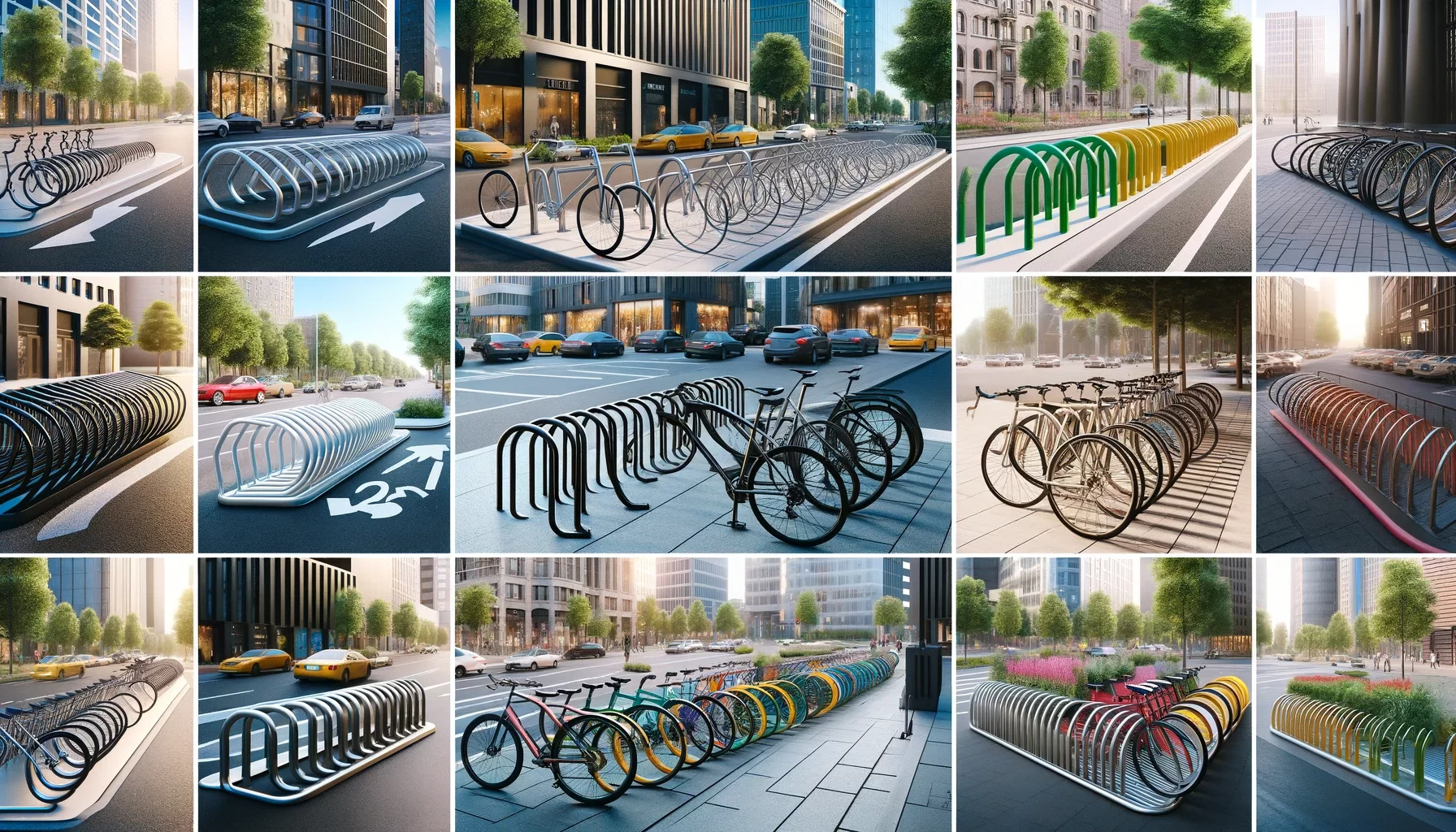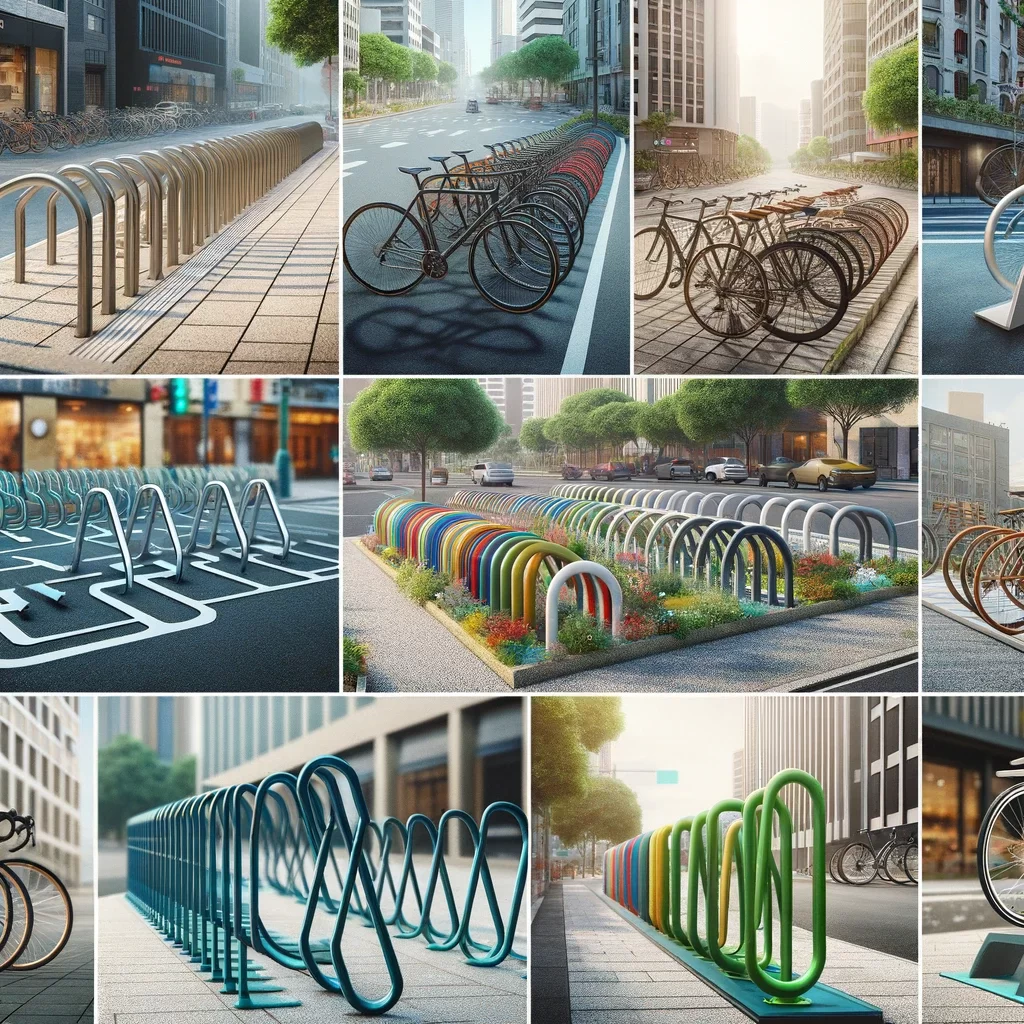
In the tapestry of urban development, cycle racks play a pivotal role, transcending their basic function of cycle storage to become symbols of a city’s dedication to sustainable and accessible transportation. Quality in cycle rack manufacturing is a subject that extends beyond mere durability and utility; it is a reflection of a city’s ethos and commitment to its residents. This blog explores the indispensable role of quality in cycle rack manufacturing and its wider implications in urban settings, emphasizing why it’s not just an investment in metal and bolts, but in the health and sustainability of our cities.
Understanding the Role of Cycle Racks in Urban Environments
Cycle racks are a cornerstone of modern urban infrastructure. They are pivotal in promoting green transportation and accommodating the increasing number of cyclists in our cities. By offering a secure and convenient parking solution, high-quality cycle racks encourage more individuals to choose cycling, a mode of transport that benefits physical health, reduces traffic congestion, and minimizes environmental impact. Furthermore, aesthetically designed cycle racks contribute significantly to the visual appeal of public spaces and aid in maintaining order and accessibility in bustling urban centers. They are not just functional equipment but also urban furniture that enhances the streetscape and reflects a city’s culture and priorities.
Why Quality Matters: The Impact of Supar Cycle Racks
The detriments of inferior cycle racks are multifaceted. Poorly constructed racks can lead to bike damage and theft, deterring people from cycling due to safety and security issues. These racks often become unsightly elements in public spaces, succumbing quickly to wear and vandalism. This leads to increased maintenance costs and frequent replacements, making them an economically unwise choice in the long term. Subpar cycle racks fail to support a thriving urban cycling culture and can even pose hazards in public areas due to their propensity to break or malfunction. This section underscores the broader implications of low-quality cycle racks on urban life and cyclist safety.
Key Considerations When Selecting a Cycle Rack Manufacturer
Selecting the right cycle rack manufacturer is crucial. This involves assessing the quality of materials used, such as weather-resistant metals or coatings, and the functionality of the design, ensuring it caters to various bicycle types and locking mechanisms. Durability and resilience against environmental factors are paramount. Additionally, the manufacturer’s commitment to sustainable practices is increasingly important, as cities move towards eco-friendlier solutions. Potential buyers should also evaluate the manufacturer’s reputation in the market, customer testimonials, and the quality of after-sales service, including warranty terms and responsiveness to maintenance needs. This section provides a comprehensive guide on the aspects to consider while choosing a cycle rack manufacturer, emphasizing that the right choice can significantly impact longevity, functionality, and overall satisfaction with the product.
The Benefits of Investing in High-Quality Cycle Racks
Investing in high-quality cycle racks yields considerable advantages. Durable racks demand less frequent maintenance and replacements, offering long-term cost savings. They provide enhanced security features, reassuring cyclists about the safety of their bikes. Quality cycle racks are designed to withstand adverse weather and constant use, ensuring longevity. Moreover, well-designed cycle racks promote a positive cycling culture in urban areas, improving the overall experience for cyclists and contributing to a healthier, more active community. Aesthetically pleasing cycle racks also play a role in beautifying urban spaces, thus elevating the city’s image. This section delves into how high-quality cycle racks are not just a practical investment but also contribute to the broader goals of urban well-being and environmental sustainability.
Sustainable Design and Quality: A Winning Combination in Cycle Racks
Sustainability is becoming an increasingly crucial aspect of cycle rack design. Manufacturers are shifting towards eco-friendly materials and production methods, minimizing the environmental impact of their products. High-quality, sustainable cycle racks offer the dual benefit of durability and environmental consciousness, aligning with the goals of urban conservation and sustainable living. They represent a forward-thinking approach to urban planning, where functionality, aesthetics, and ecological responsibility converge. This section explores the intersection of sustainable design and quality, highlighting how they collectively contribute to the creation of more resilient and liveable urban environments.
Conclusion
The critical importance of quality in cycle rack manufacturing cannot be overstated. It extends beyond the mere provision of bike storage solutions to embody a city’s commitment to sustainable, healthy living. High-quality, sustainable cycle racks are an investment in the urban landscape, supporting not just the practical needs of cyclists but also the aesthetic, economic, and environmental objectives of modern cities. As urban areas continue to evolve, the choice to invest in superior cycle racks is a step towards fostering more vibrant, sustainable, and people-friendly communities.
- Understanding the Role of Cycle Racks in Urban Environments
- Why Quality Matters: The Impact of Supar Cycle Racks
- Key Considerations When Selecting a Cycle Rack Manufacturer
- The Benefits of Investing in High-Quality Cycle Racks
- Sustainable Design and Quality: A Winning Combination in Cycle Racks
- Conclusion

offer now at
Our Clients






































